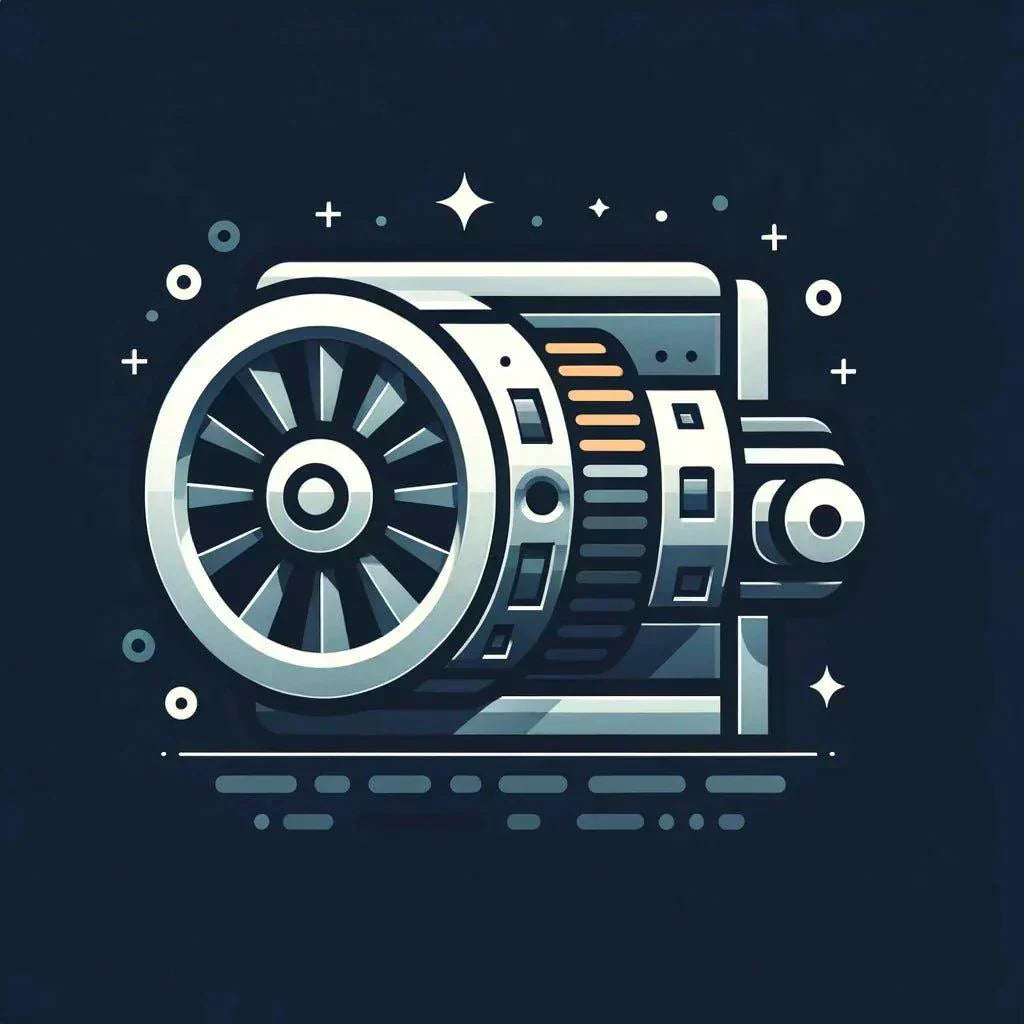In an era where power equates to progress, understanding the heartbeat of our electrified world is more crucial than ever. Generators are the stalwarts of electrical energy, providing a lifeline during outages and a source of power where the grid cannot reach. But how do these dynamic machines convert a whisper of mechanical energy into the roar of electricity? Welcome to "Unveiling the Power: How Generators Work," where we demystify the science and engineering behind these powerhouses of productivity.
At its core, a generator is a device that converts mechanical energy—be it from falling water, a gas-powered engine, or a turn of a wind turbine—into electrical energy, a process known as electromagnetic induction. The genius behind this process was discovered in the 1830s by Michael Faraday, whose experiments laid the foundation for what would become the modern generator.
Electromagnetic Induction: The Heartbeat of a Generator
The magic of electromagnetic induction begins with a conductor, like a coil of wire, moving through a magnetic field. This movement creates a flow of electrons—electricity. In practical terms, a generator consists of a rotating component, the rotor, and a stationary component, the stator. The rotor produces a moving magnetic field around the stator, which in turn induces a current within its coils.

The Rotor: Spinning into Action
The rotor can be powered by various sources: a steam turbine, combustion engine, water falling through a hydro turbine, or even wind. The energy from these sources causes the rotor to spin, and as it does, it creates a magnetic field that cuts across the stator.

The Stator: Capturing Electrical Energy
The stator is composed of coils of wire, usually copper, which sit stationary as the magnetic field rotates. It's within these coils that electricity is generated. As the magnetic field produced by the rotor sweeps over the coils, it induces a voltage difference across the ends of the wire, and as a result, electricity flows.

To harness this electricity, generators are connected to circuits and machines, feeding them the energy required to function. This is the simplified essence of a generator's operation, a marvel of physics that keeps our hospitals running, our homes lit, and our industries churning. In subsequent articles, we will delve deeper into the types of generators, their applications, and how to choose the right one for your needs. Stay tuned to "Boundless Energy" for more electrifying insights.
Keywords:
Generator Basics
Electromagnetic Induction
Power Generation
Mechanical to Electrical
Faraday's Law
Generator Components
Rotor and Stator
Energy Conversion
Electrical Engineering
Backup Power Solutions
We invite you to explore the vast possibilities of generators at [www.erayakpower.com]. Stay tuned for more insights, and let’s power up our world together, efficiently and sustainably.
